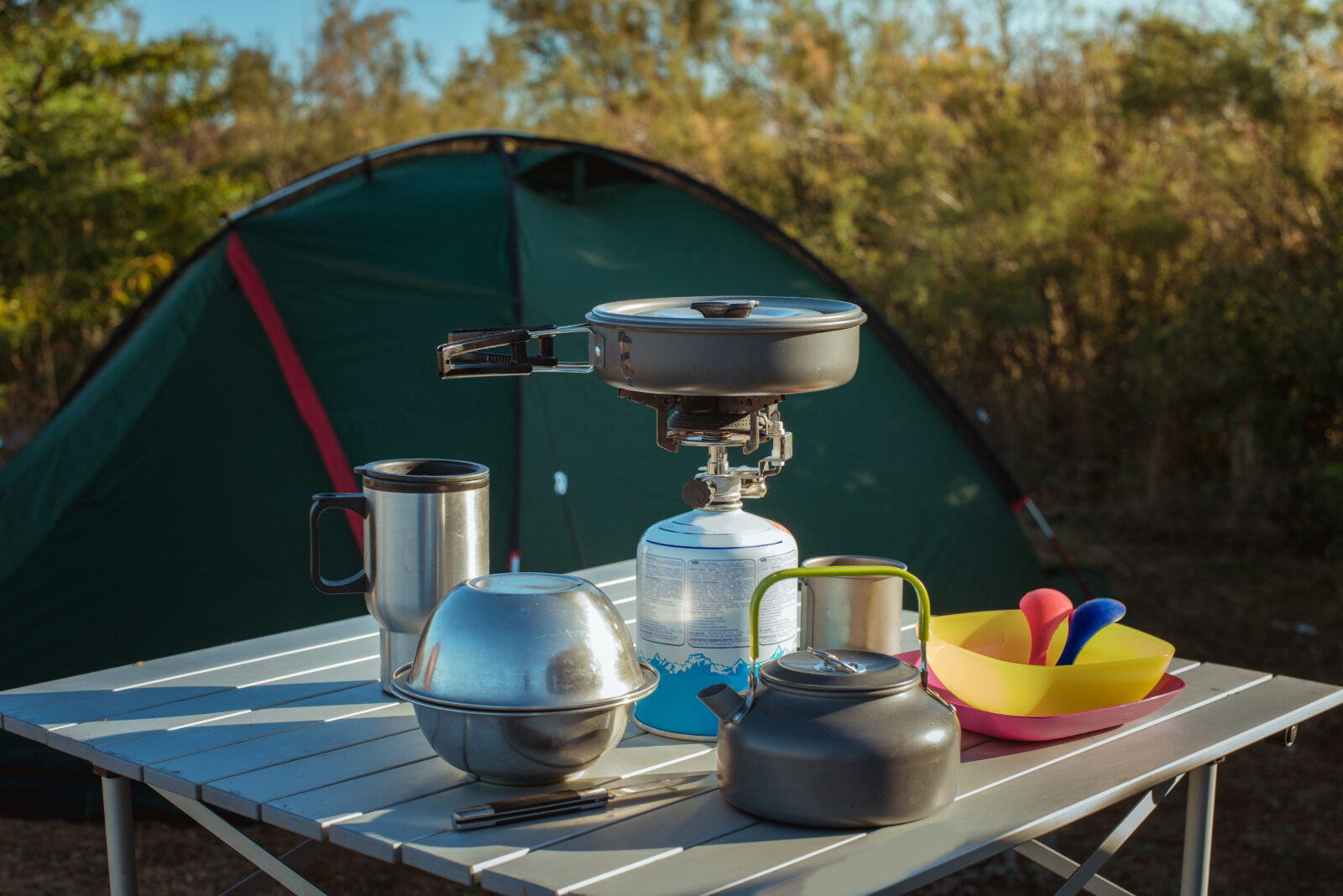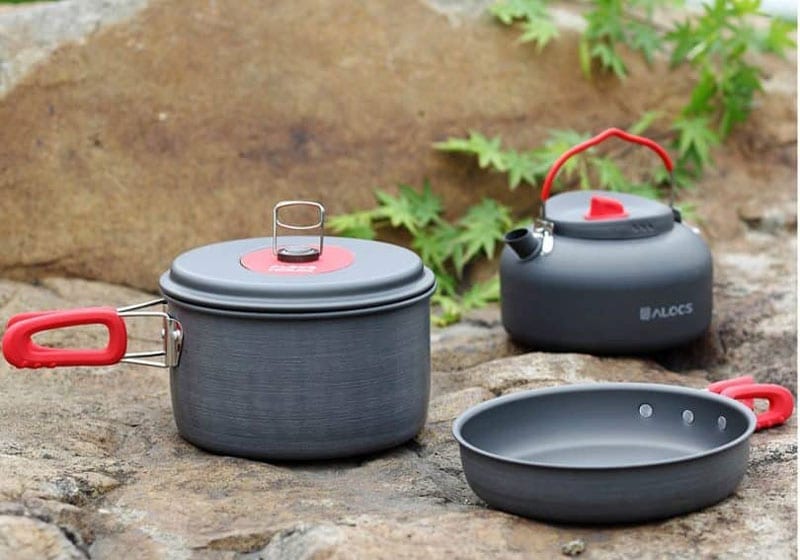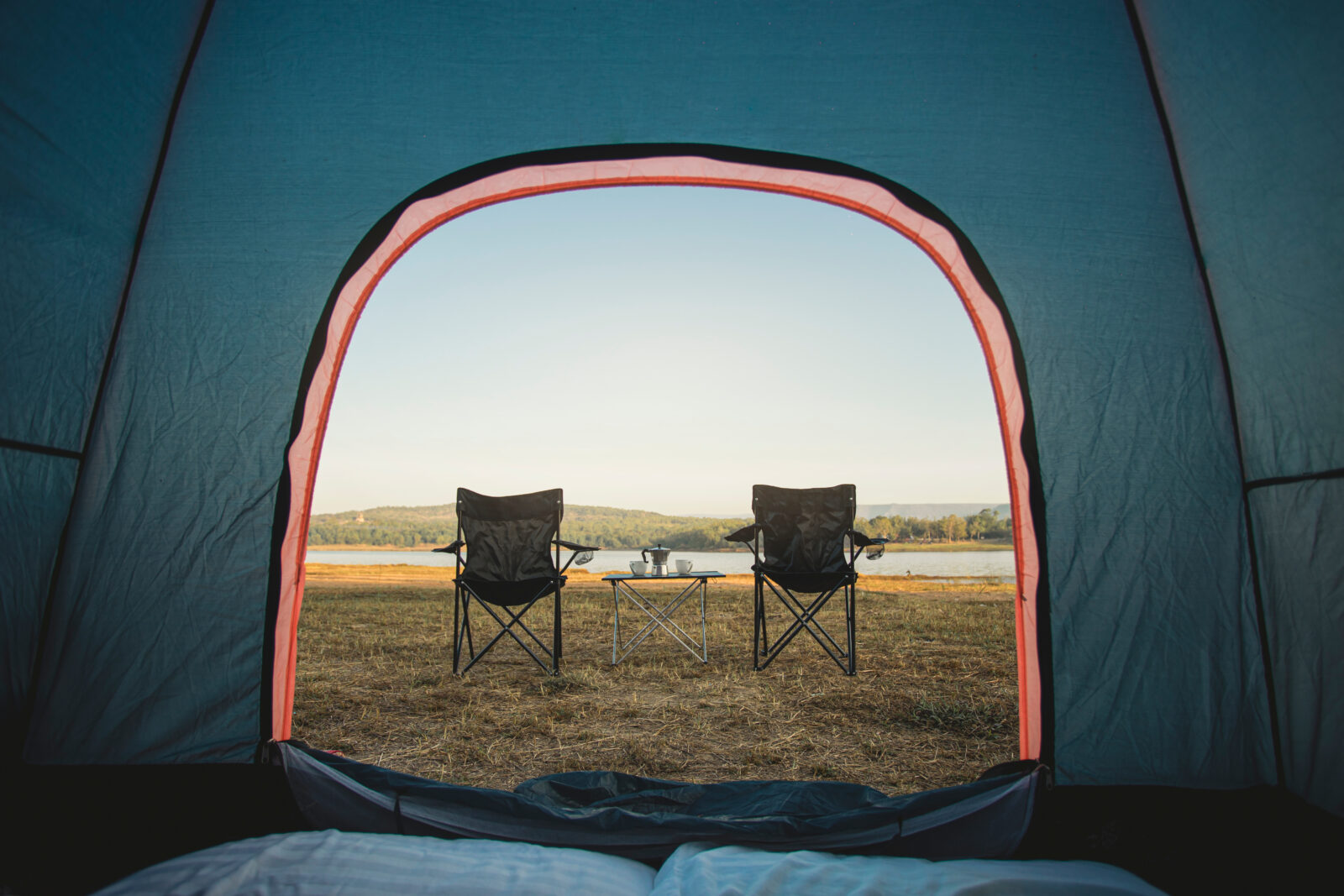Wondering how to pick the perfect campsite for your next camping trip?
We’re here to help.
We know how challenging it can be to determine where to camp when you’re in the mountains. So, we put together this list of 11 tips and tricks for campsite selection to get you started.
In this article, we’ll give you expert insight into the process of selecting a camping area and what you ought to know before your next adventure.
1. Do your research
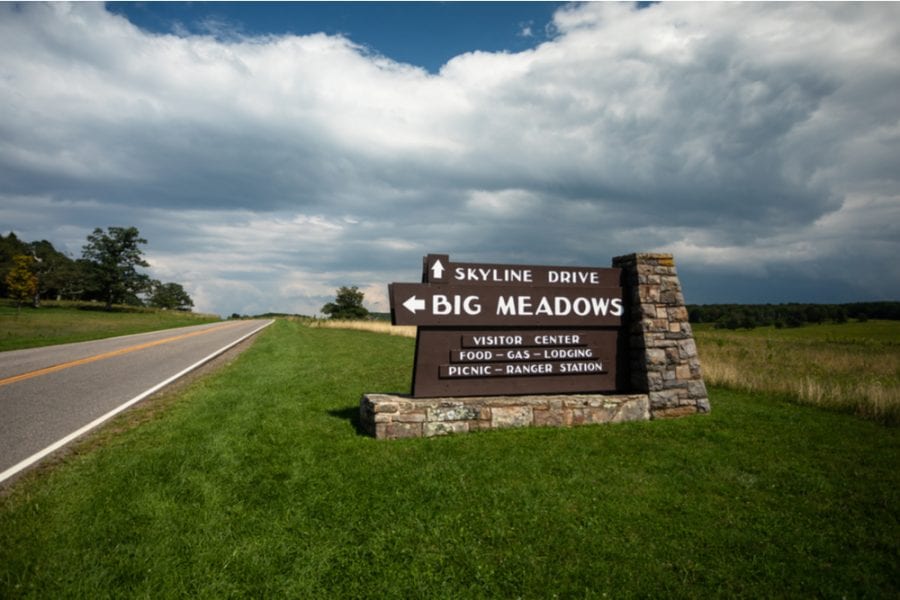
If you want your camping experience to go off without a hitch, you need to do your research. Whether you’re car camping in Shenandoah or backpacking in Yosemite, neglecting to research your camping options is a disaster waiting to happen.
In reality, an enjoyable camping trip requires quite a bit of pre-planning, especially when it comes to campsite selection.
Indeed some places, like Rocky Mountain National Park even require you to get a permit for a specific campsite before you depart for your trip. So figuring out where you want to camp is of the utmost importance.
Even in places where you don’t have to get a permit, you may still need to spend a few hours studying a map in order to find a quality campsite.
Ultimately, regardless of where you want to camp, it’s critical that you spend some time researching your campsite options before you leave home. T
rust us -you’ll be glad that you did.
2. Follow Leave No Trace guidelines
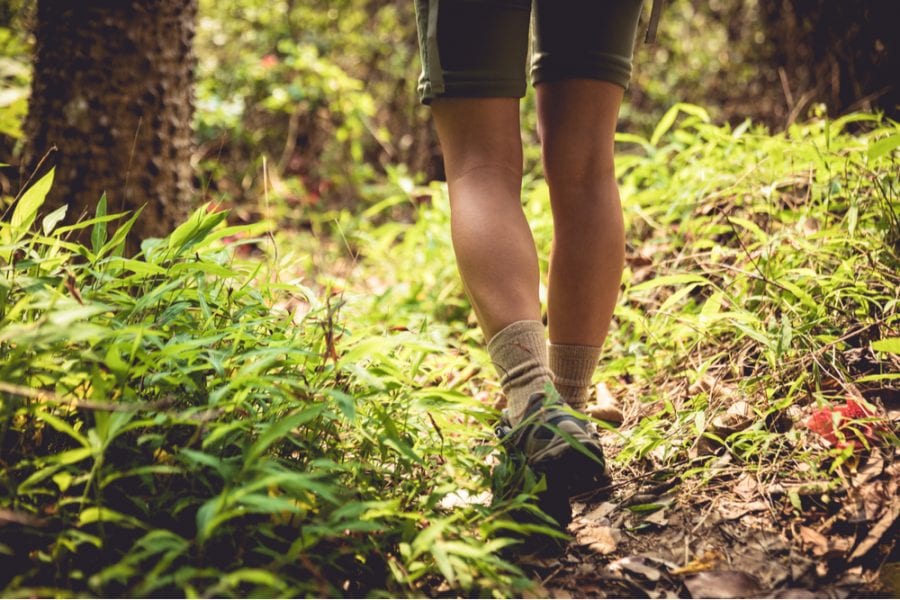
While Leave No Trace (LNT) might not be the first thing you think of when searching for the perfect campsite, it should always be a part of your site selection process.
In fact, LNT has specific guidelines for campsite selection. The organization highly recommends that campers opt to set up their shelters, be that a 2 person tent or an RV, on durable surfaces.
When you’re camping, this normally translates to choosing campsites that are at least 200 feet (70 m) from trails, roads, and water sources to protect wildlife and fragile plants.
LNT also encourages campers to choose previously-used campsites, especially in popular areas like Sequoia and Kings Canyon National Park. Doing so concentrates human impacts in one area so that we can keep our recreation destinations as pristine as possible for future generations.
3. Search for the flattest possible location
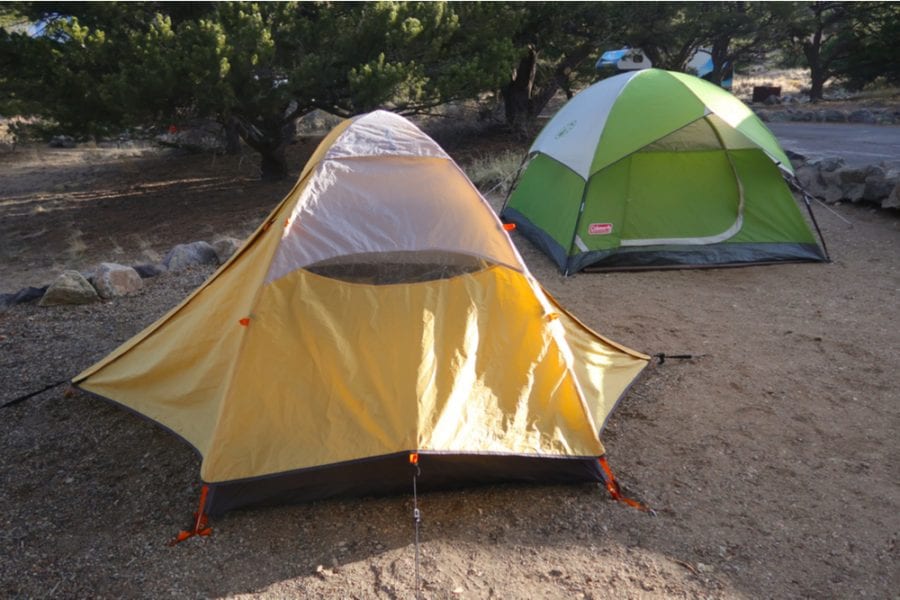
As a general rule, you should plan to camp in the flattest possible location you can find.
Why?
Well, most humans don’t enjoy sleeping on sloping surfaces. Therefore, finding a flat place to pitch your 4 person tent is ideal. Of course, this is easier said than done in many locations, such as in the mountains of Olympic National Park.
If you’re struggling to find a flat tent site during your travels, we suggest testing out potential sites to see which one is best for your needs. While finding a perfectly flat site often isn’t possible, quickly laying down on the ground to see how much of a slope there is in a given location can help you determine if it’s a viable option for your campsite.
Read More : 10 Ways to Make Tent Camping More Comfortable
4. Opt for shaded areas
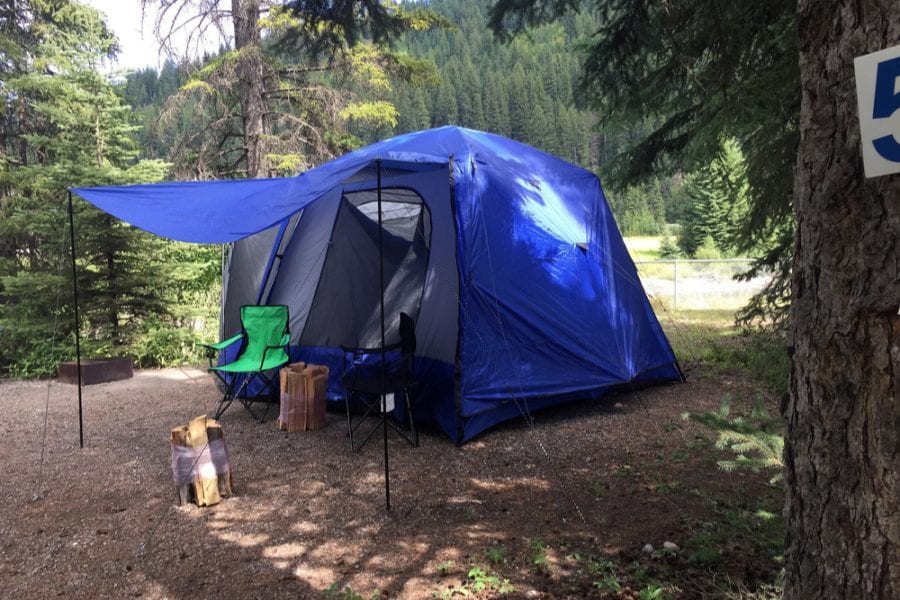
Although lounging in the sun might sound like a nice way to spend time outside, selecting a campsite that gets a lot of sunlight isn’t a good idea. That’s because most tents tend to amplify the heat from the sun, turning your shelter into a sauna by the early afternoon, especially in warm environments like Death Valley.
Of course, if you’re planning on moving to a new tent site every day, this might not be much of a concern. But, if you’re interested in base camping in a single location for more than a day at a time, finding a shaded tent site is of the utmost importance.
5. Check the surrounding terrain for hazards
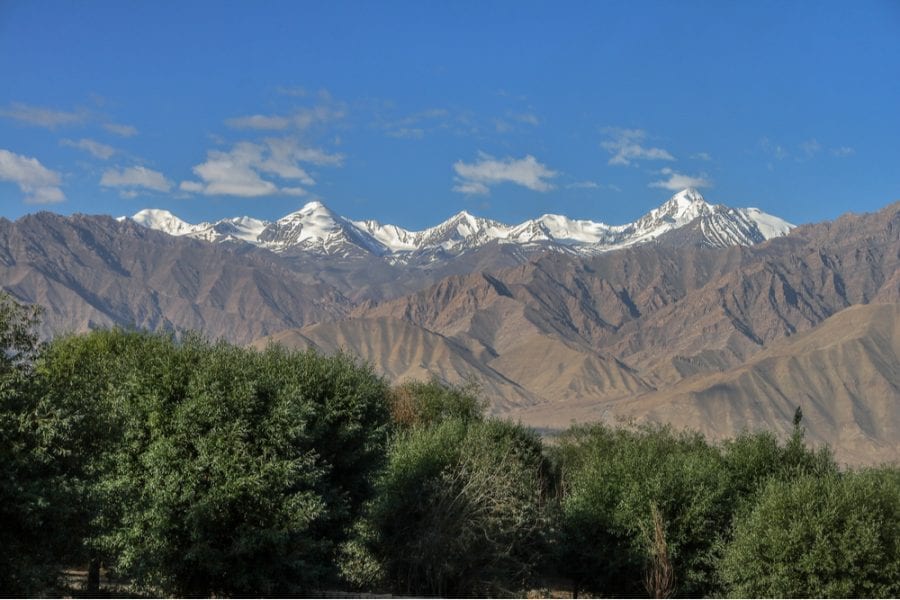
Once you’ve found a promising tent site, it’s time to do a quick safety check of the general area.
The great outdoors, as beautiful as they may be, boast a slew of different hazards, from rockfall to avalanches. Thus, when selecting a campsite, it’s imperative that you check the area around potential dangers before setting up your 8 person tent.
Since potential hazards can vary from place to place, it’s impossible for us to list them all here.
But, at a minimum, you should look up at the terrain around your campsite and verify that you’re not in the path of potential rockfall. That way, you can sleep easy at night knowing that the risks of staying at your campsite are relatively low.
6. Look up at the trees above you

In addition to checking the terrain around your campsite for dangers, you’ll also want to look up at the trees to assess potential hazards.
When camping in forested environments, such as those in Yellowstone National Park, overhanging dead trees (called widowmakers) can be a serious hazard for outdoor recreationists. These widowmakers can fall at any time, putting the people below them in serious danger.
As a result, it’s important that you never pitch your glamping tent, camping chairs, or camping table under a dead, overhanging tree. Otherwise, you might be putting yourself in harm’s way.
7. Consider your water options
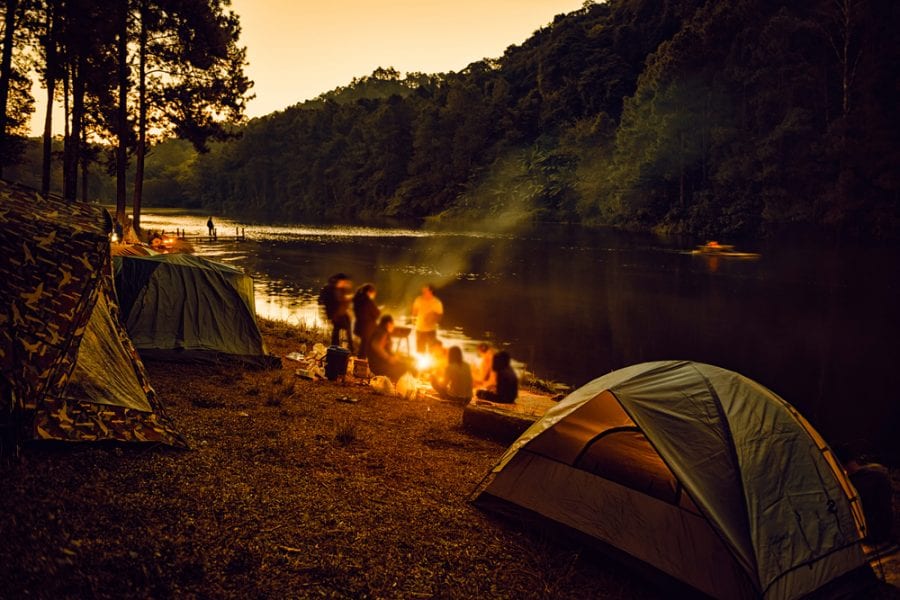
Although LNT guidelines encourage campers to camp at least 200 feet (70 m) away from water sources, you’ll still need to consider where you’ll get your water from during your adventures.
Of course, you’ll need to camp far enough away from water to comply with LNT guidelines and local regulations. But, you still want to be within walking distance of a lake or river so that you can have water for cooking and washing up with your camp shower.
So, we generally recommend that you don’t camp more than about 0.25 miles (400m) from water, if possible. That way, you can always have water available when you need it.
Read More : 11 Ways to Boil Water While Camping
8. Contemplate the wind direction
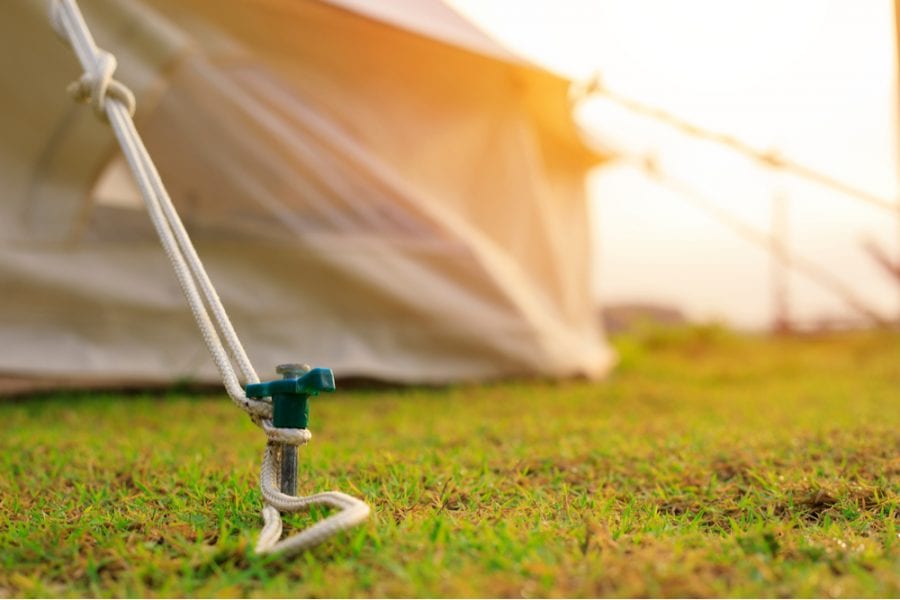
When camping in the mountains, harsh winds and foul weather can wreak havoc on your adventures. Indeed, while tents are designed to protect you from a wide array of meteorological conditions, even the sturdiest of shelters will fail in heavy winds.
Therefore, you should always consider the prevailing wind direction when pitching your tent. If possible, try to pitch your tent behind a natural windbreak, such as a boulder or stand of trees, to help buffer the storm. Doing so will limit the likelihood that your tent will get damaged in the middle of the night.
Read More : How to Camp Safely in High Winds
9. Avoid camping in gullies and drainages
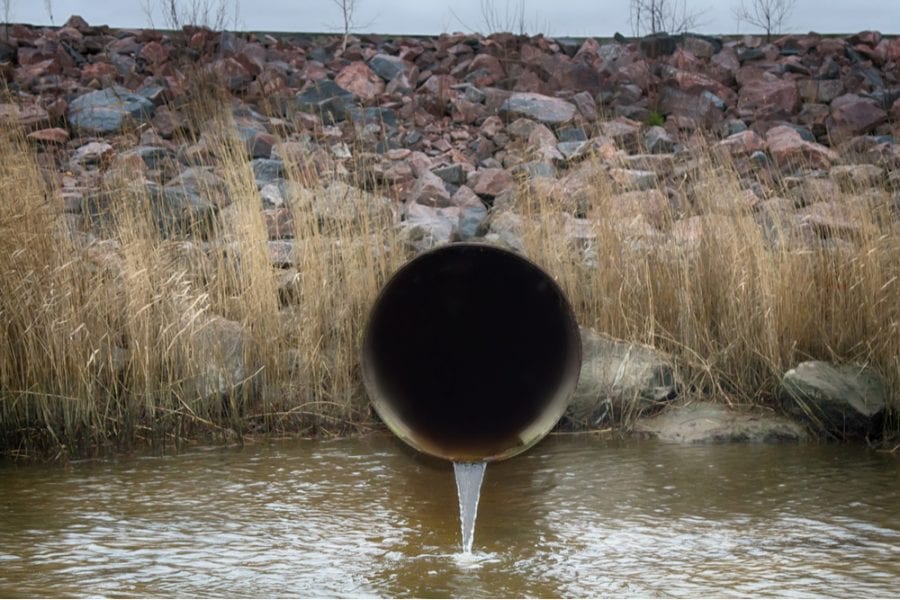
When hiking through hilly terrain, it’s easy to get lured into the idea of pitching a tent in a gully or drainage. These areas tend to be fairly flat and sheltered, so they often look like ideal places to pitch your instant popup tent.
However, gullies and drainages are usually bad places to pitch a tent at night. Why, you might ask?
Well, first a foremost, these areas tend to flood in periods of heavy rain, which can be dangerous for campers. Additionally, cold air tends to pool in these low-lying areas, leading to a poor night’s sleep – even if you packed your winter sleeping bag.
That being said, if you truly have no other option, pitching a tent in a slight depression in the landscape usually isn’t the end of the world. What’s important is that you understand the risks of camping in one of these low-lying areas so that you can avoid them whenever a suitable alternative is available.
Read More : 15 Tips for Camping in the Rain
10. Respect other campers’ privacy
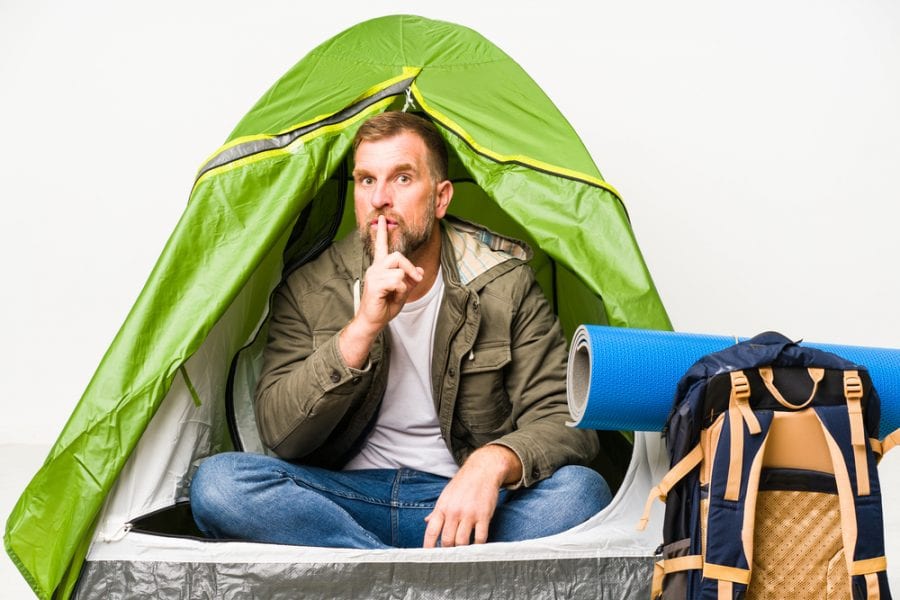
Although camping is often about getting away from the crowds and into nature, you’ll sometimes find that you’re sharing a camping area with other adventurers. When this happens, respecting the other group’s privacy is essential.
Of course, you may find that some campers don’t mind if you set up your campsite right next to theirs. But, most campers would prefer to have their campsite all to themselves, especially if they’re in a scenic, remote area, like the backcountry of Great Smoky Mountains National Park.
In these situations, it’s usually best to keep making your way down the trail toward an alternative campsite. This might mean a bit of extra walking on your part, but doing so helps ensure that everyone has the solitude that they expect in the mountains.
Read More : 11 Campsite Etiquettes Every Camper Should Know
11. Ponder your food storage options
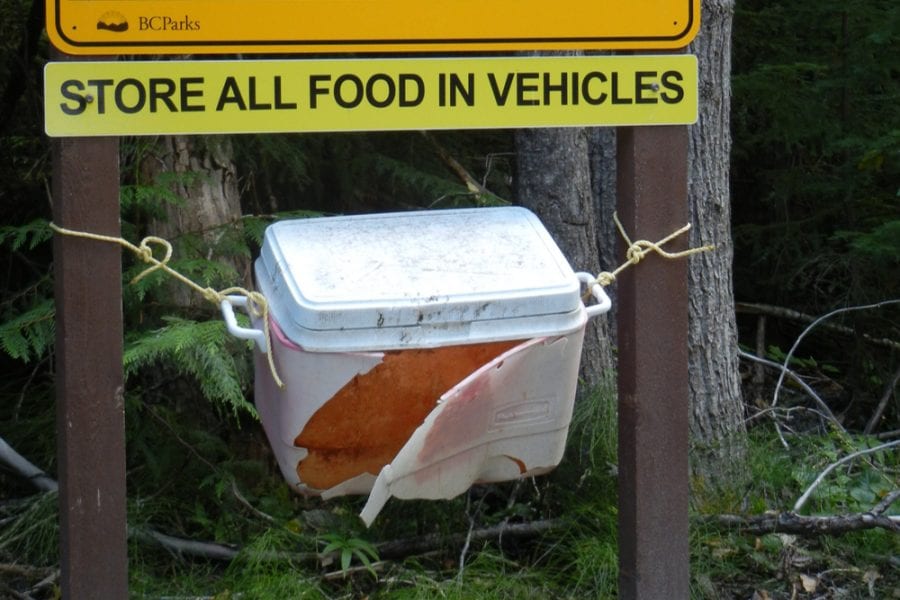
Finally, campers should always consider their food storage options before setting up camp for the night.
In places where you have to use a dedicated bear canister for your food, your storage plan might be quite straightforward. However, if you need to set up a bear hang for your food at night, then you’ll want to look for a campsite that has plenty of trees available for your bear hang system.
This might seem like a small part of the campsite selection process. But, the last thing that anyone wants is to completely pitch their camping area, only to find that there’s nowhere suitable for setting up a bear hang.
Therefore, having food storage at the forefront of your campsite selection decision-making process is important.
Recommended Reads :
Gaby Pilson
Gaby is a professional mountain guide with a master’s degree in outdoor education. She works primarily in the polar regions as an expedition guide, though she can be found hiking, climbing, skiing, sailing, or paddling in some of the world’s most amazing places when not at work.
